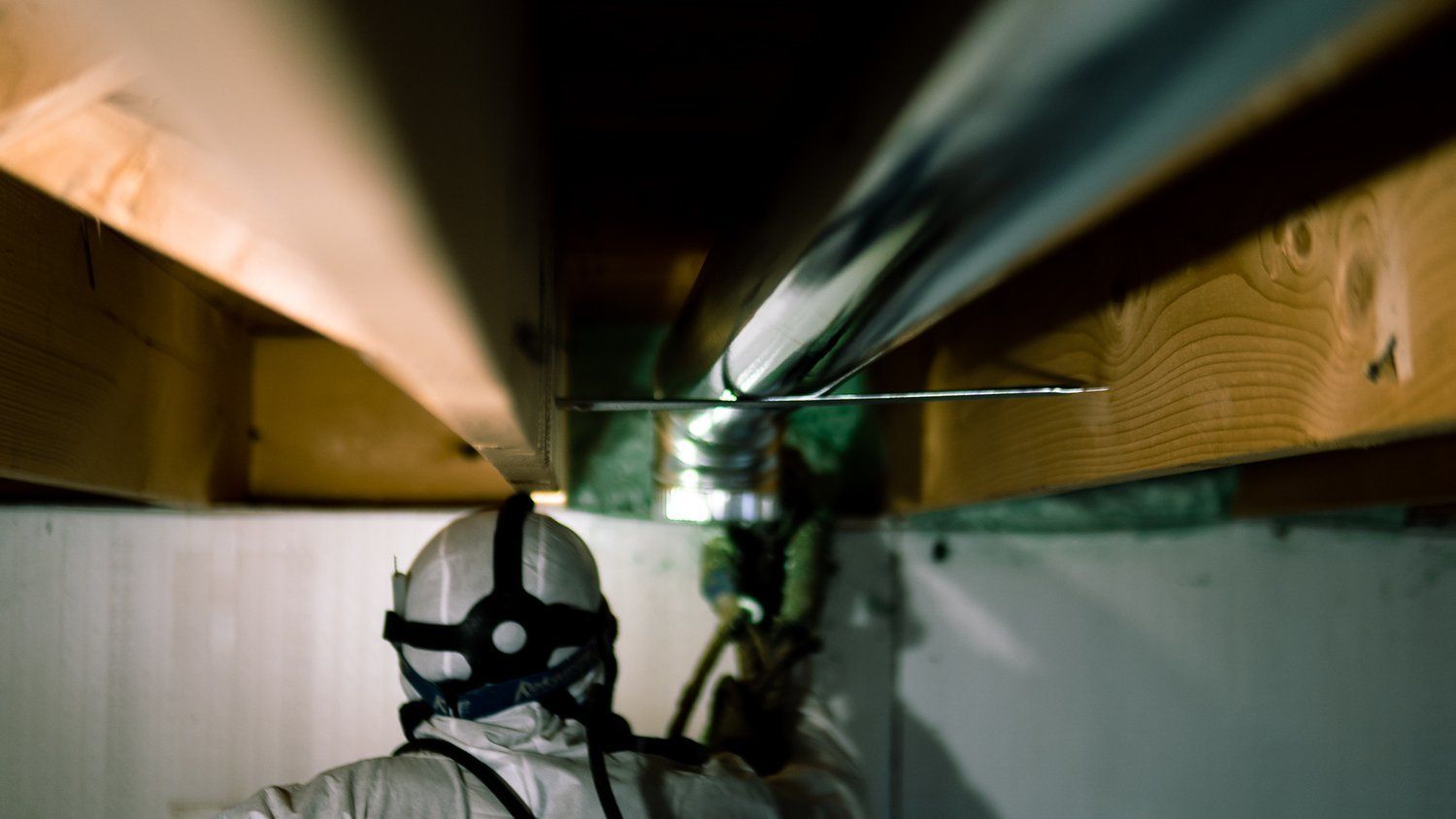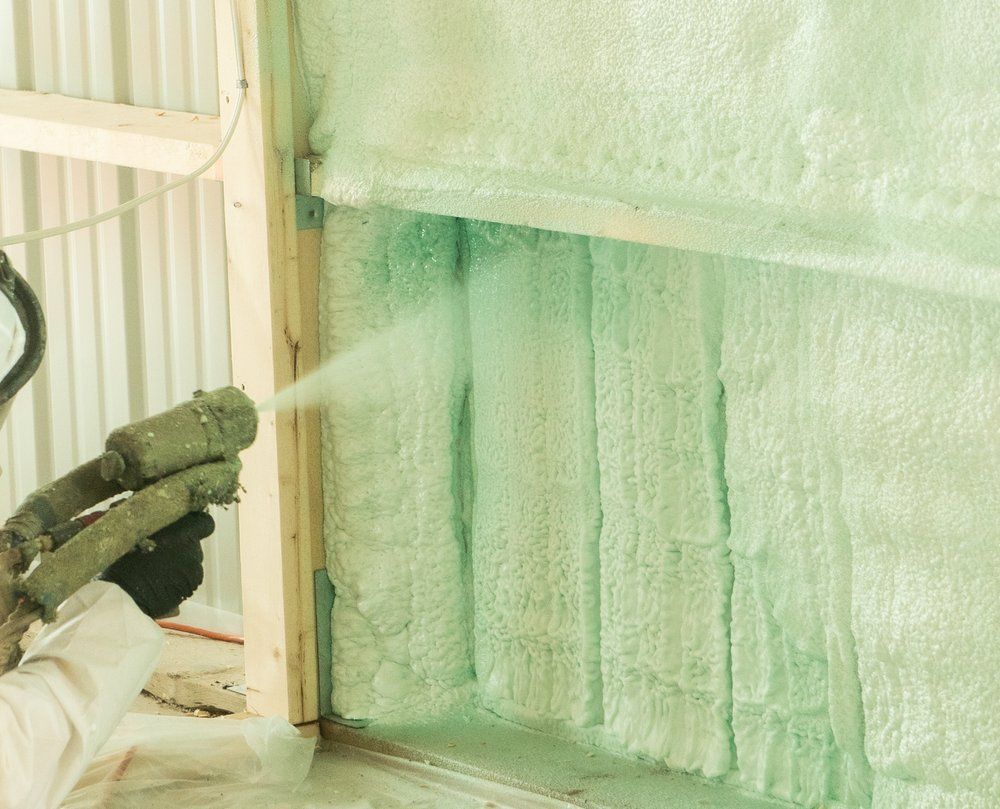3 GOOD REASONS TO INSULATE INTERIOR WALLS
SOUND DAMPENING
Sound travels through wood framing, while insulating a standard interior wall doesn't provide a completely soundproof barrier, insulating interior walls reduces some sound transfer from room to room. In rooms that require heavy sound dampening, such as home theatres, a double-framed wall consisting of offset studs in addition to insulation is usually necessary.
ENERGY EFFICIENCY
Interior wall insulation can save on home utility costs, especially if the house has rooms are not in use all year-round. Rooms such as three-season rooms, unused guest rooms or even storage rooms can be expensive to heat and cool.
Interior wall insulation will help reduce heat transfer. You can definitely save some money by closing off rooms when not in use, but if you live in an area with extreme temperature fluctuations, it’s not always the best idea to stop heating or cooling completely. If a room is not temperature controlled, the framing is more likely to expand and contract, which can contribute to drywall cracking.
FIRE SAFETY
Interior walls that separate individual living spaces in duplexes or apartments, known as “party walls,” frequently require insulation, not only does the insulation reduce sound and thermal transfer is can also to stop the spread of fire from one side of the wall to the other.
For this pro to be taken advantage of, the insulation must be fire-rated. So must the drywall, tape and compound used when constructing the wall. You can consult your local building authority before building or altering a shared wall. A permit might be required, and a code-enforcement official will inspect the wall to affirm if it complies with fire codes.


